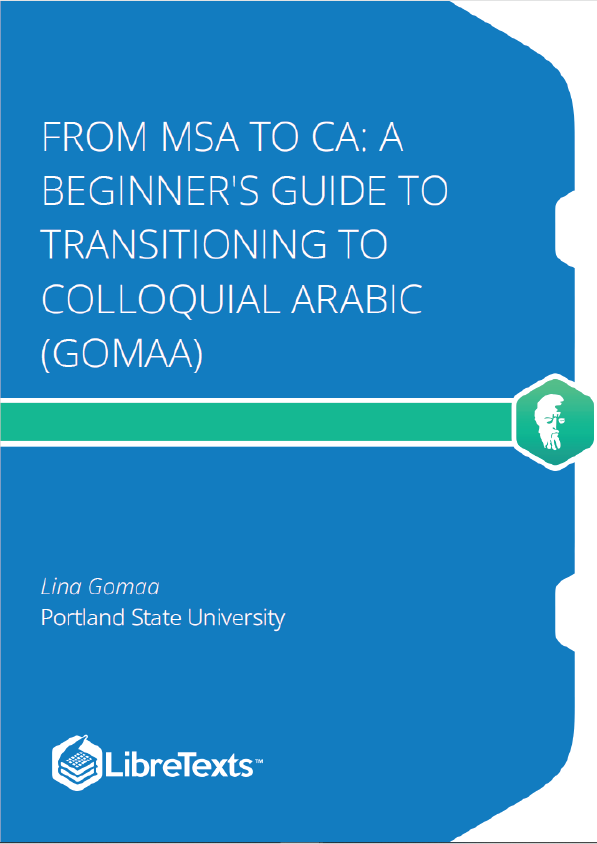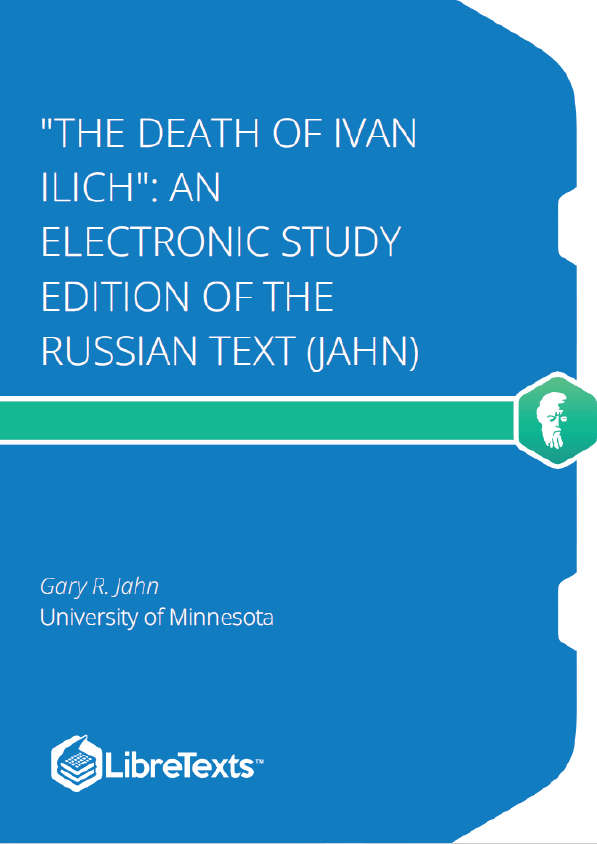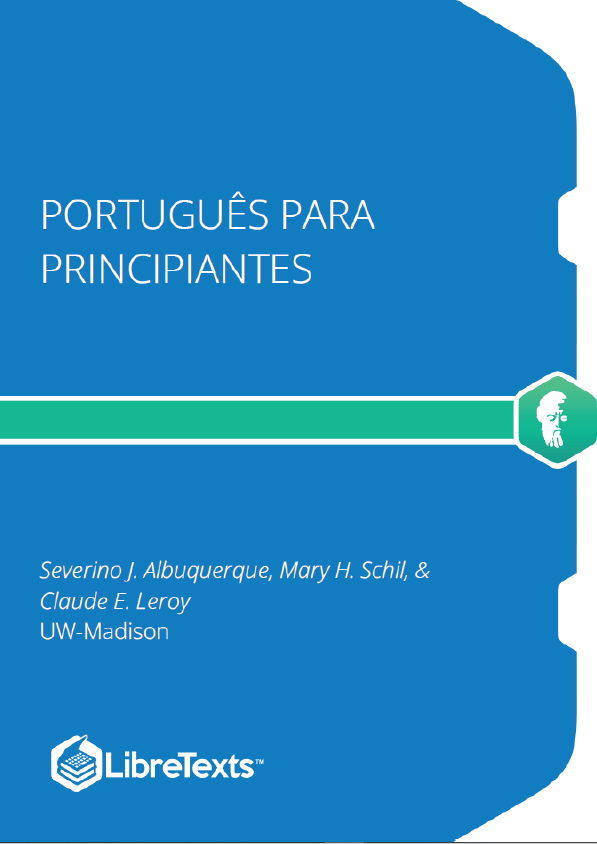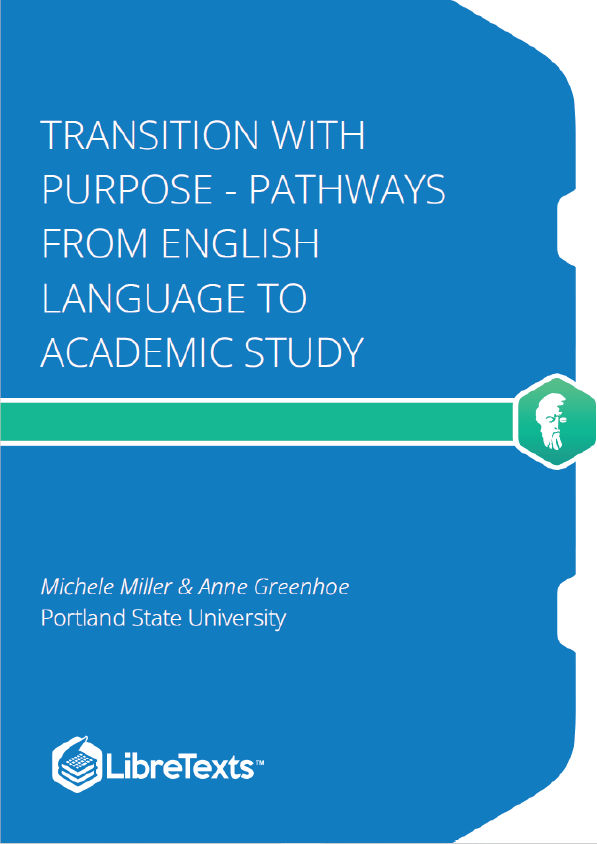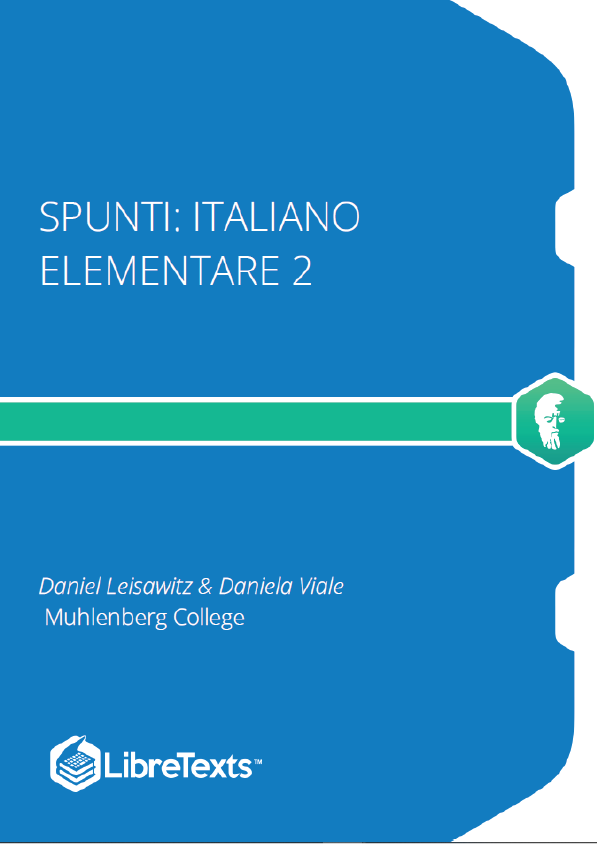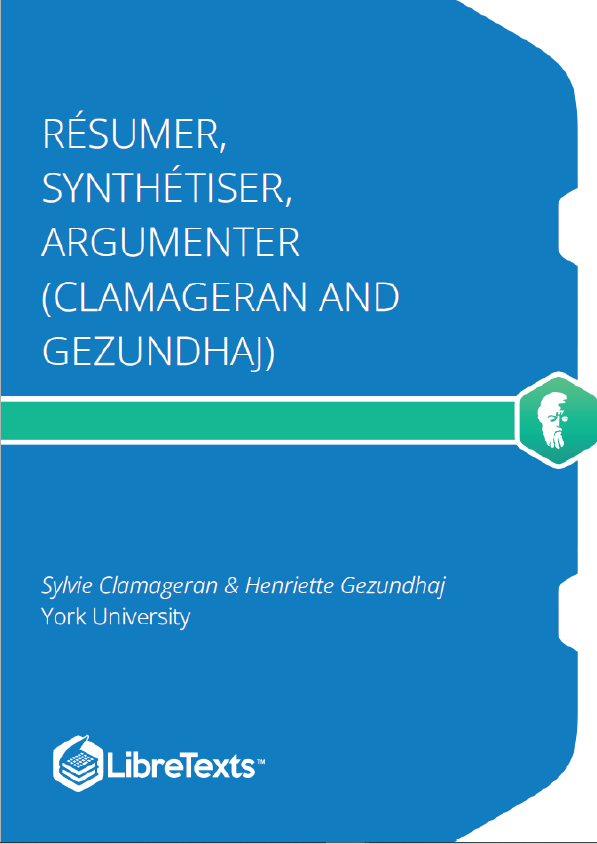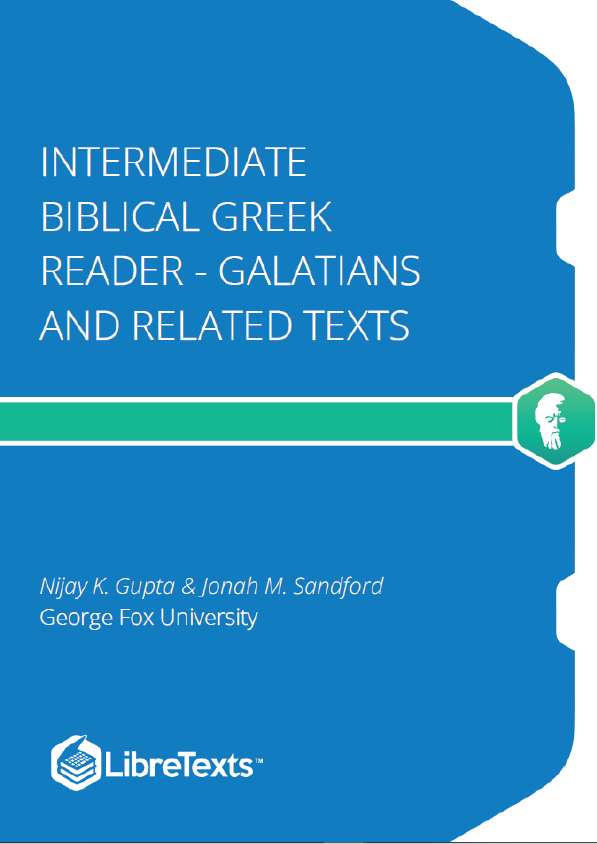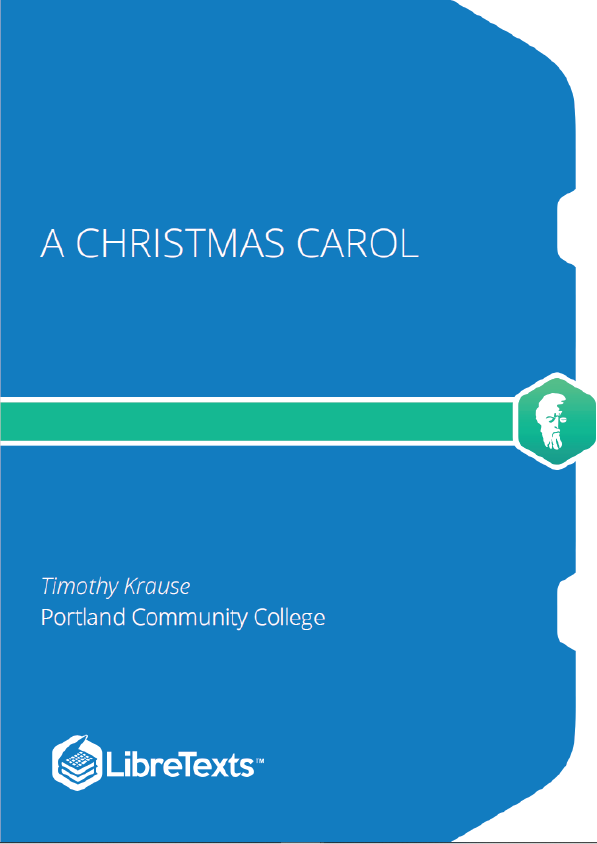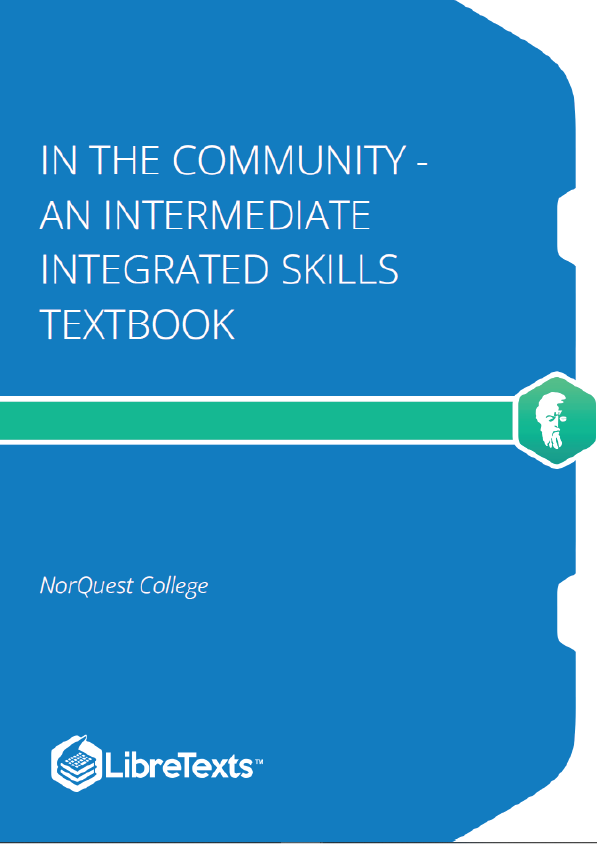The teaching methodology for Colloquial Arabic continues to engender controversy in the field of Arabic pedagogy. One approach is firstly teaching Modern Standard Arabic (MSA), then teaching colloquial Arabic (CA); another is introducing both MSA and CA at the same time. A third approach is starting with CA then introducing MSA, which is less common in USA and Middle East educational institutions.
At Portland State University (PSU), the Arabic program is designed to teach MSA for at least one year, after which the students can learn CA. Because of how the Arabic program at PSU is designed (similar to many programs in the USA), the importance of this book arises. This transition can be challenging for some students.
Many current texts do not address the transition from MSA to CA. Some authors assume that both varieties are taught at the same time, or that colloquial is taught first. These approaches are not the best fit for the PSU program design. This book provides information needed to transition from MSA to CA and is useful for PSU students and any student who is following the same pattern in learning Arabic.
The book targets students in NM (Novice Mid) who have studied Arabic for a year or more and aims to help them advance to IL (Intermediate Low) according to the Oral Proficiency Interview standards by ACTFL, the American Council on The Teaching of Foreign Languages. This book documents answers to questions from students in CA classes. It is also a reference for students to “get a feel” for MSA and CA similarities and differences.
Content is displayed at the beginning of each chapter. Section A discusses a feature in MSA and compares it with CA. Section B has dialogues with different topics related to section A; each dialogue is preceded by a table that has three columns: the word in Arabic, the word in English, and the equivalent word/expression in MSA. In the second column “the meaning in English,” I included both the literal meaning (LM) and the intended meaning (IM). Including the LM, as I noticed in class, makes the words/expressions more memorable to the students and more comprehensible even though it might not sound idiomatic or make full sense in English.
The last section of the chapter (C) is cultural insight related to the main topic, making the students more culturally familiar with acceptable behaviors and offering ideas to consider while living in an Arab country. At the end is a glossary organized in English for easier search.
This book is not meant to be a comprehensive treatment of all the issues arising when learning CA after learning MSA. Its goal is to transition students smoothly from MSA to CA, giving them confidence to explore both varieties while reaching the NH (Novice High) or IL level, navigate predictable social situations in CA, and utilize their previous knowledge in MSA to learn CA. The content and structure are based on my teaching experience and as an ACTFL OPI interviewer to assist students in their quest to speak CA with native speakers with relative ease.
